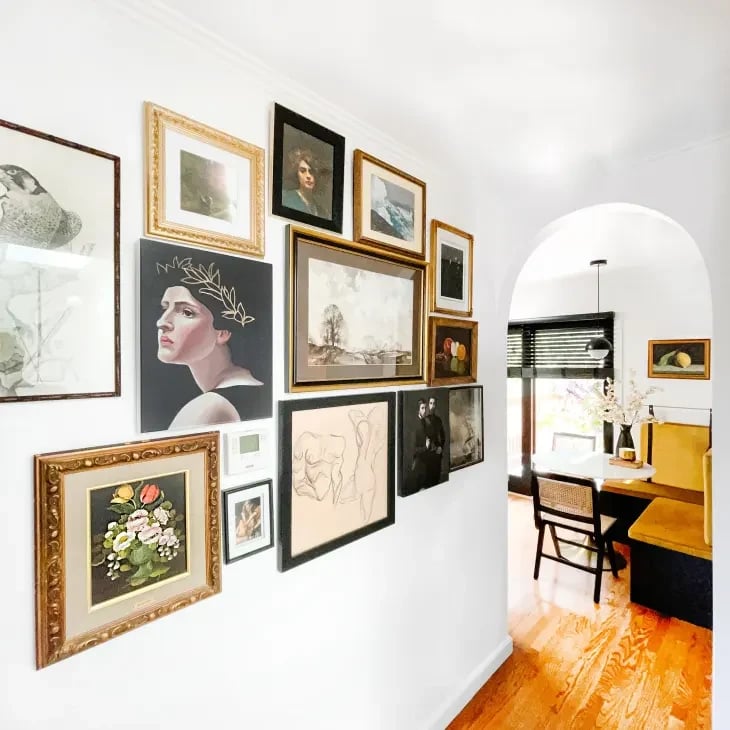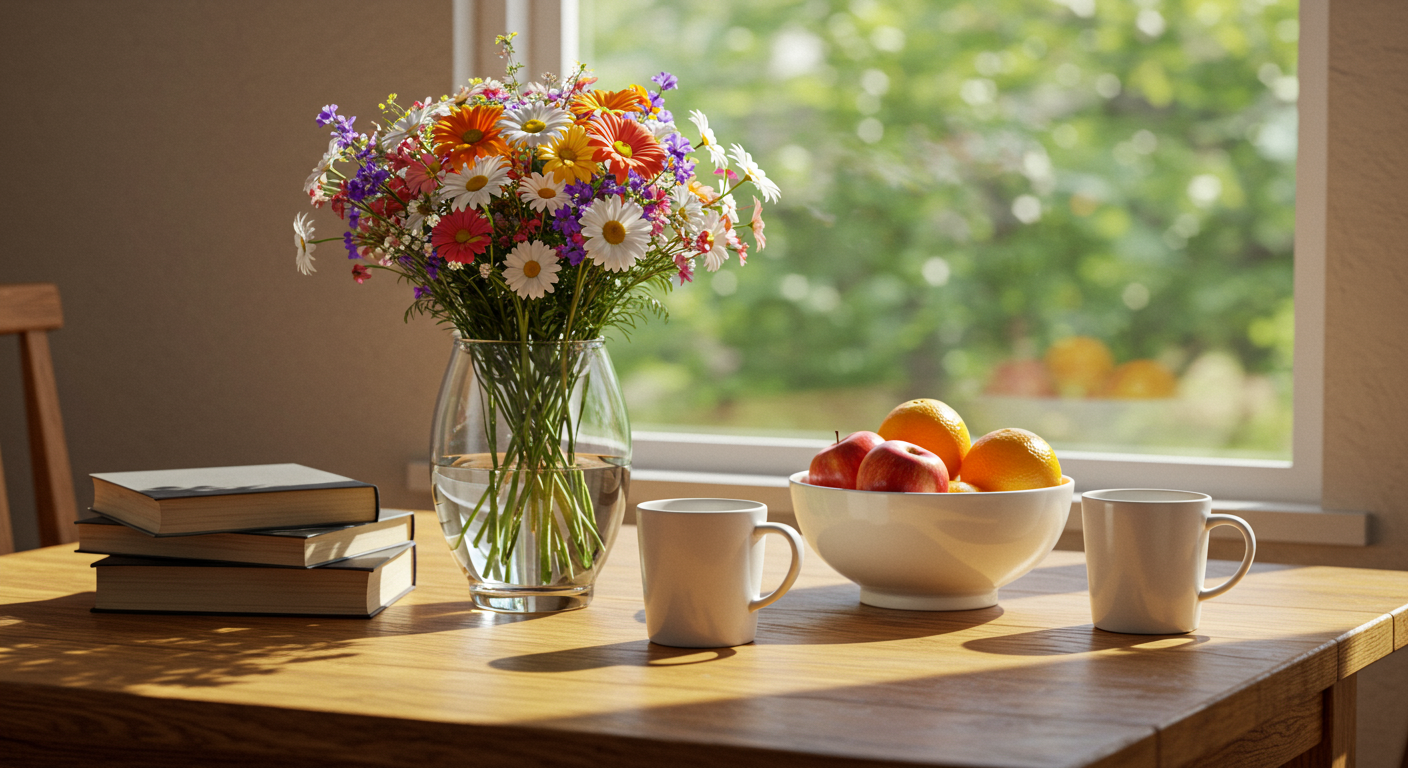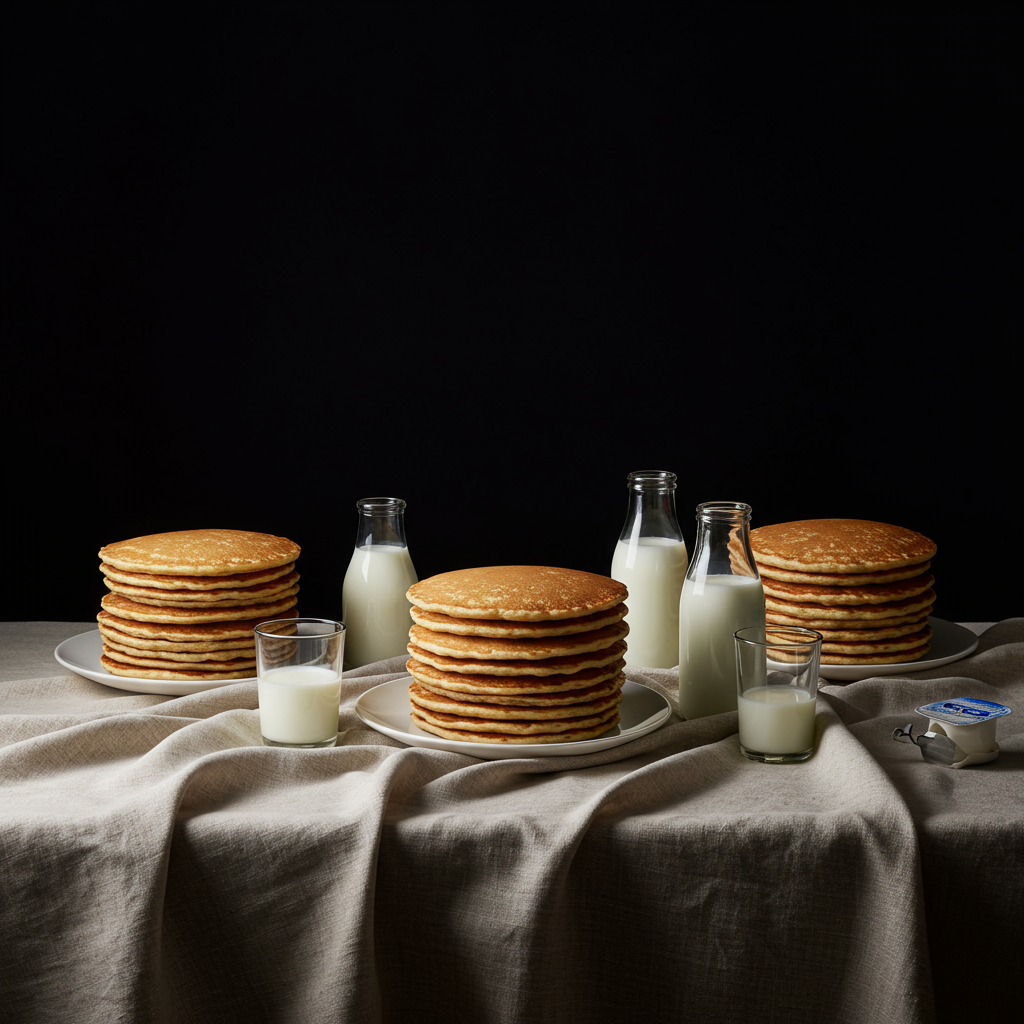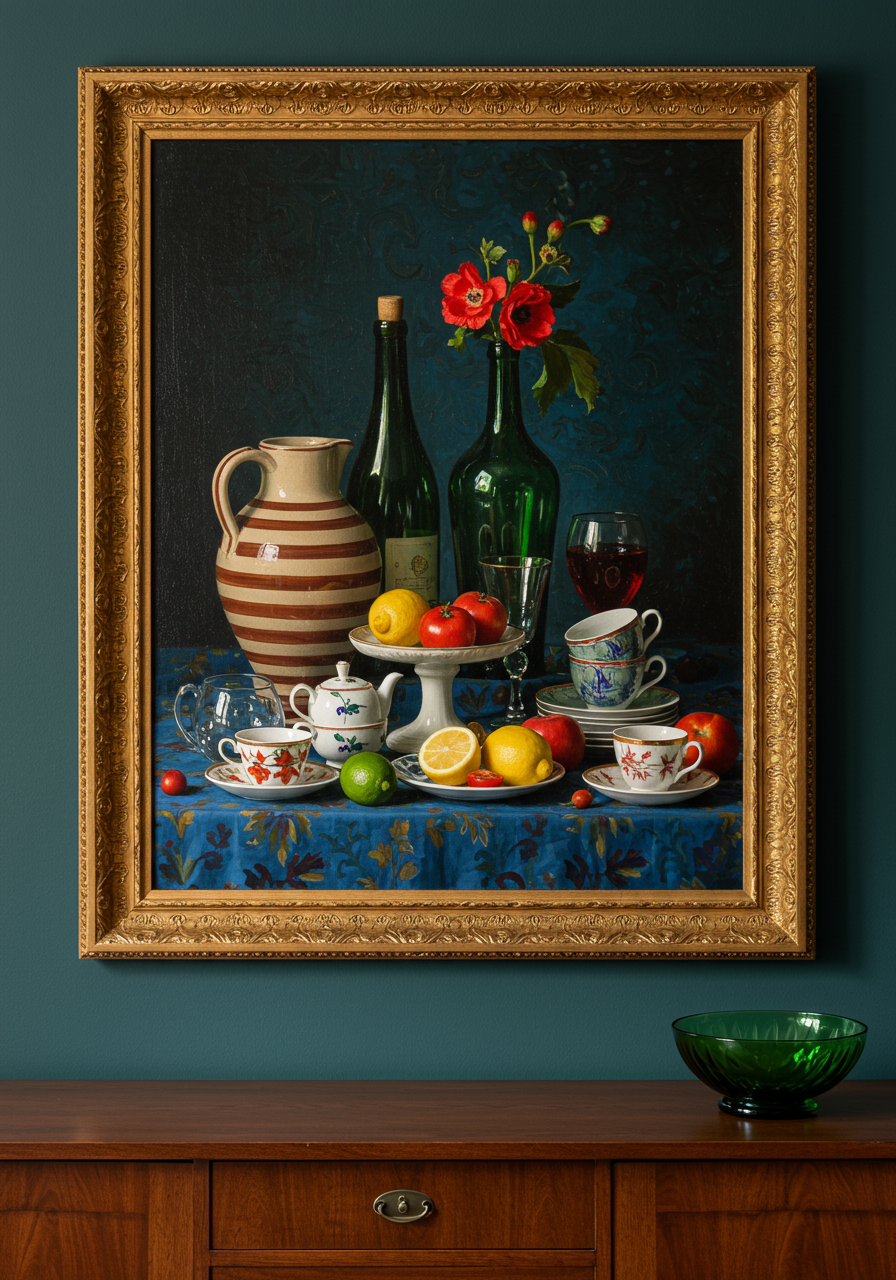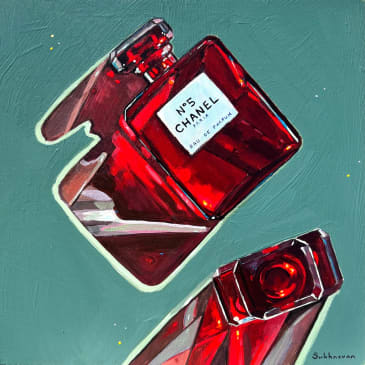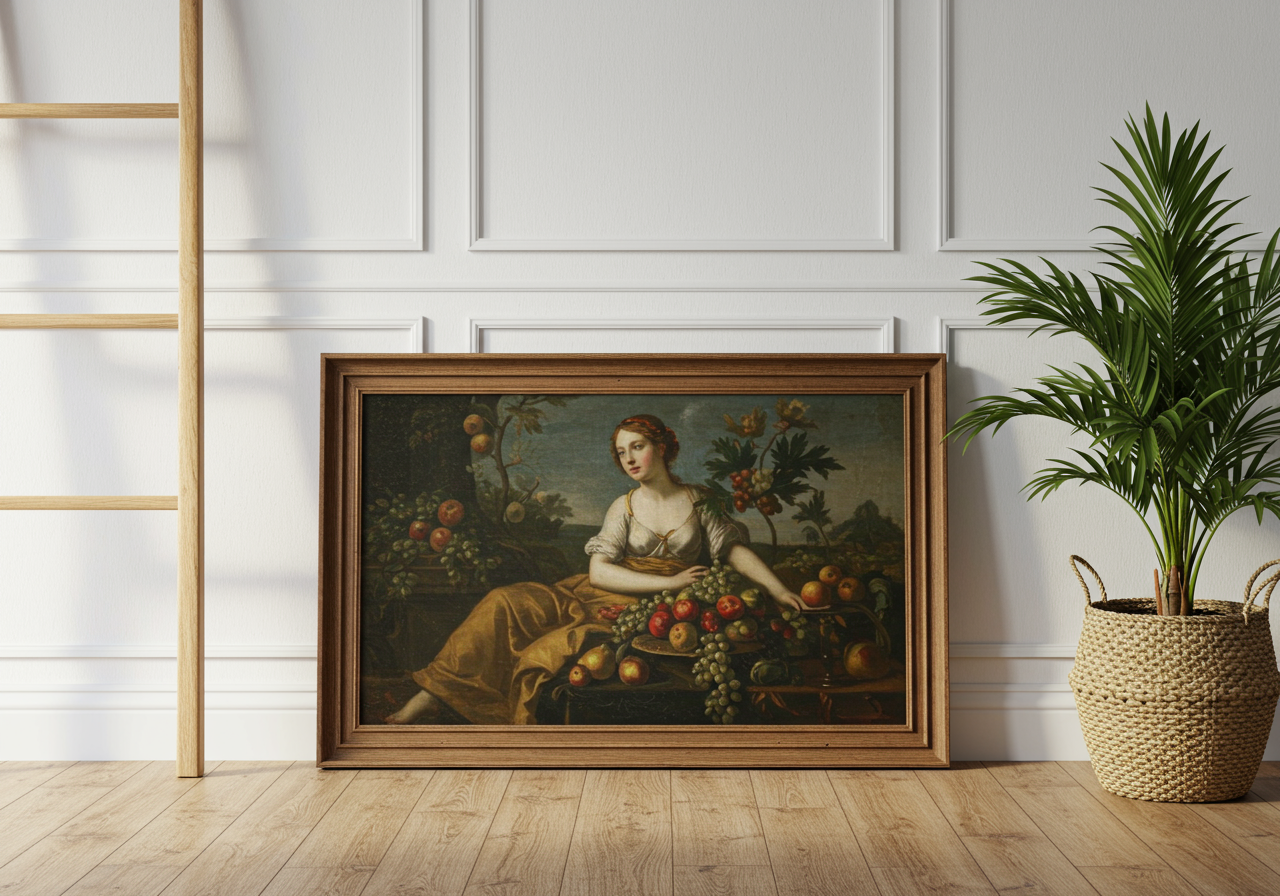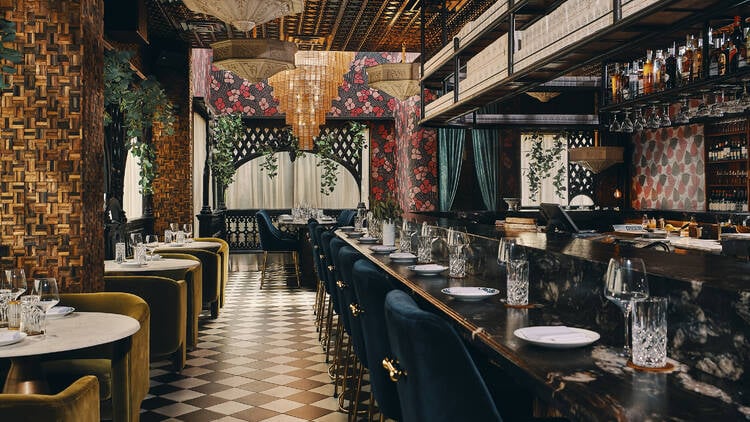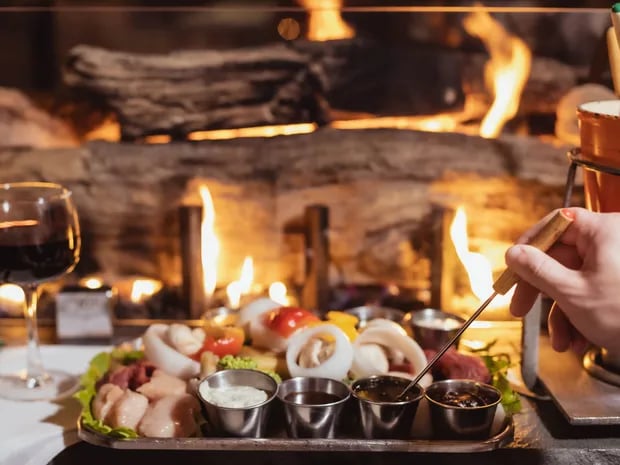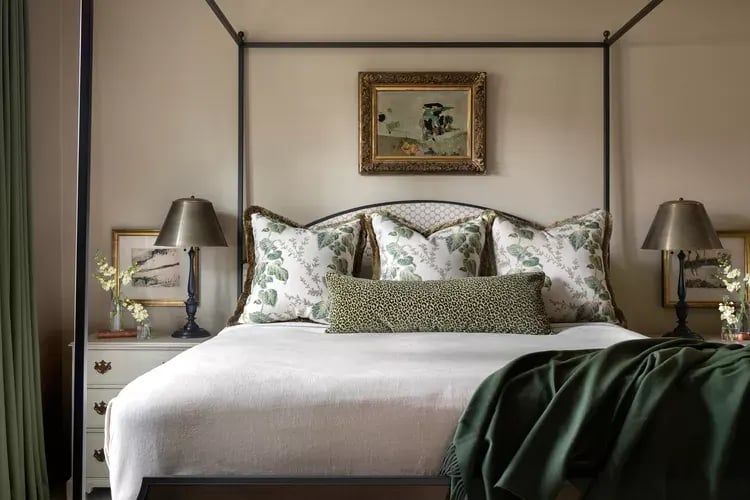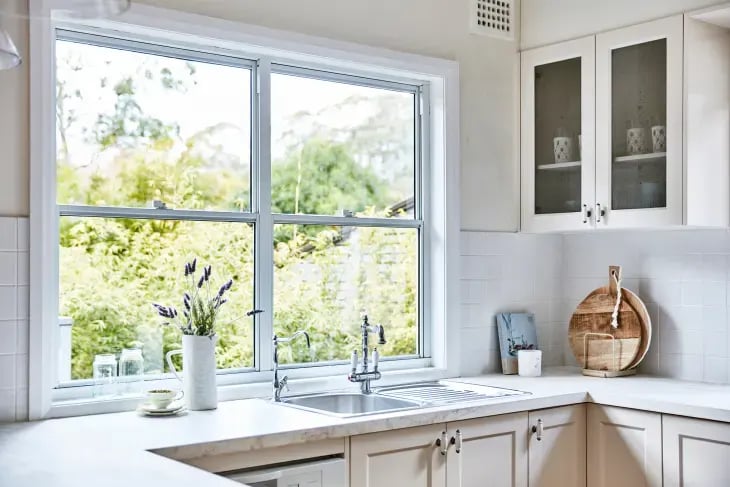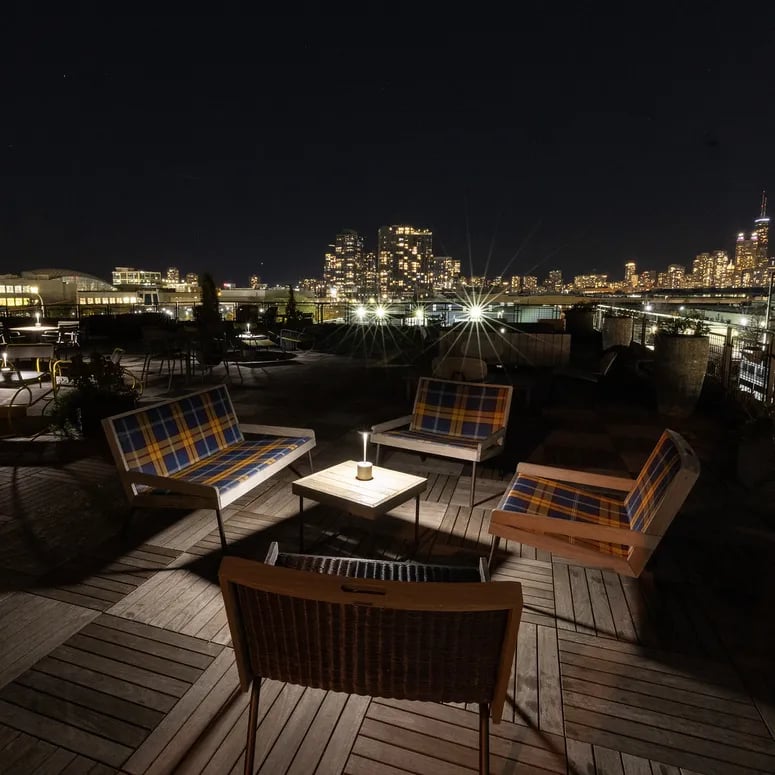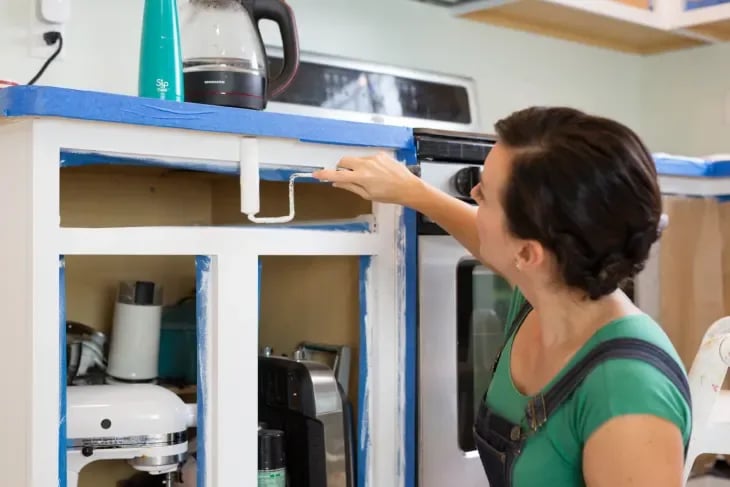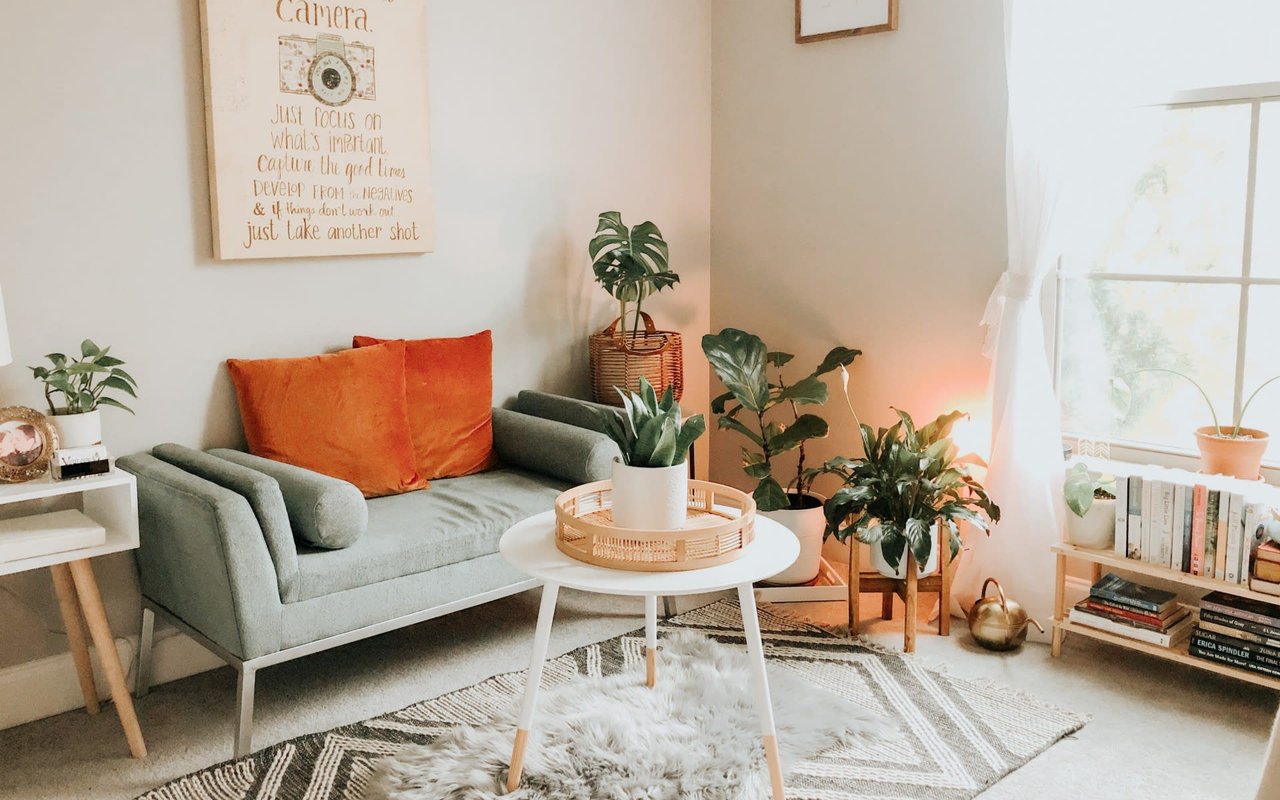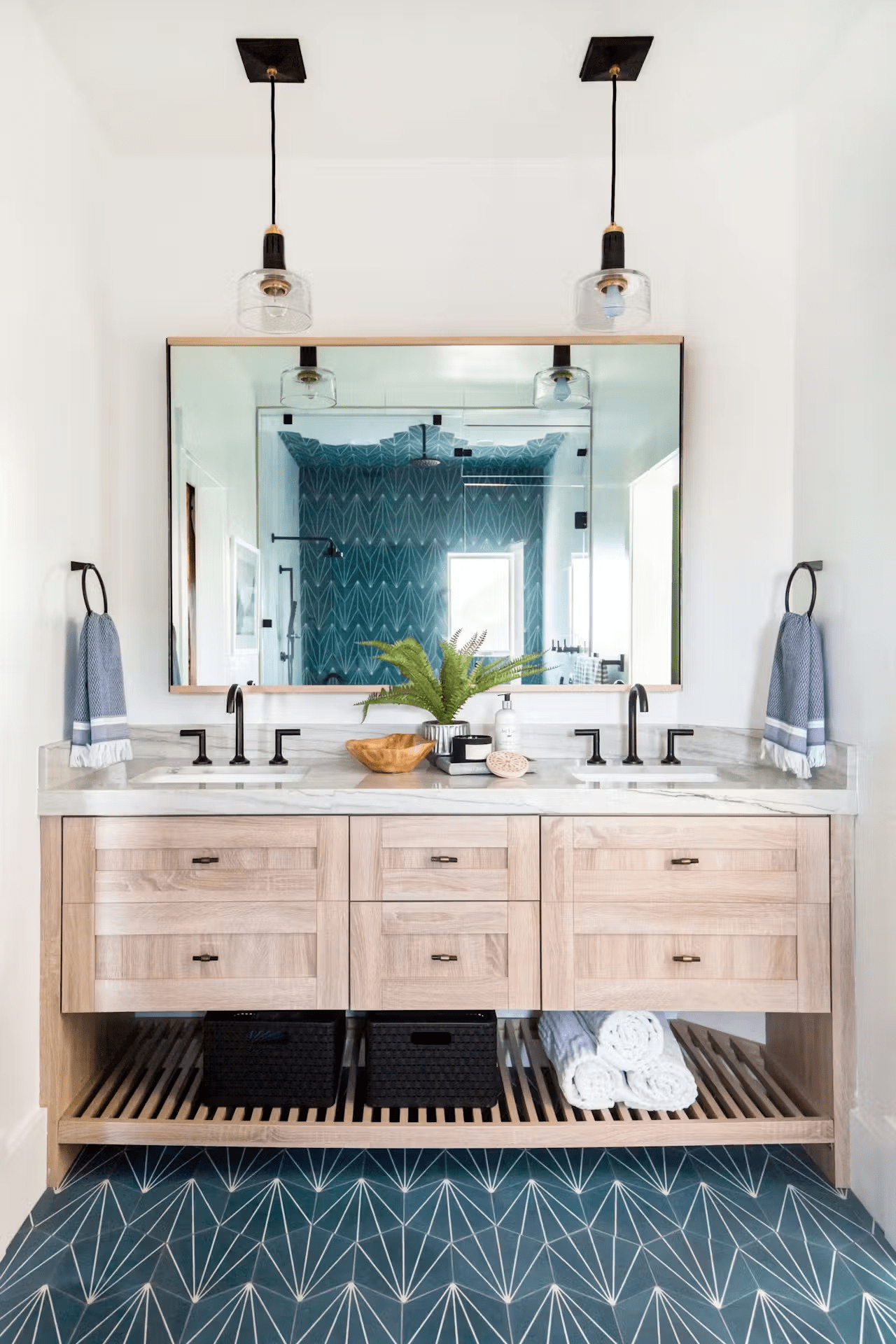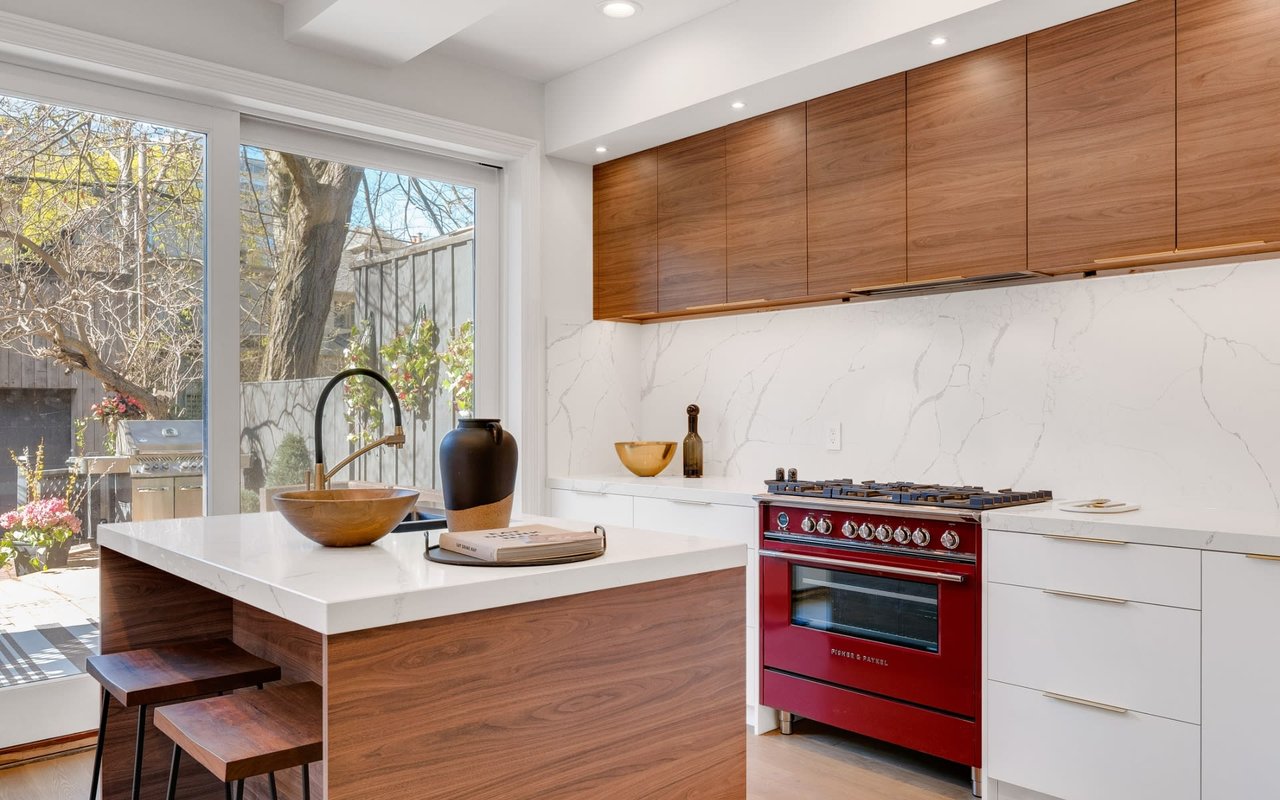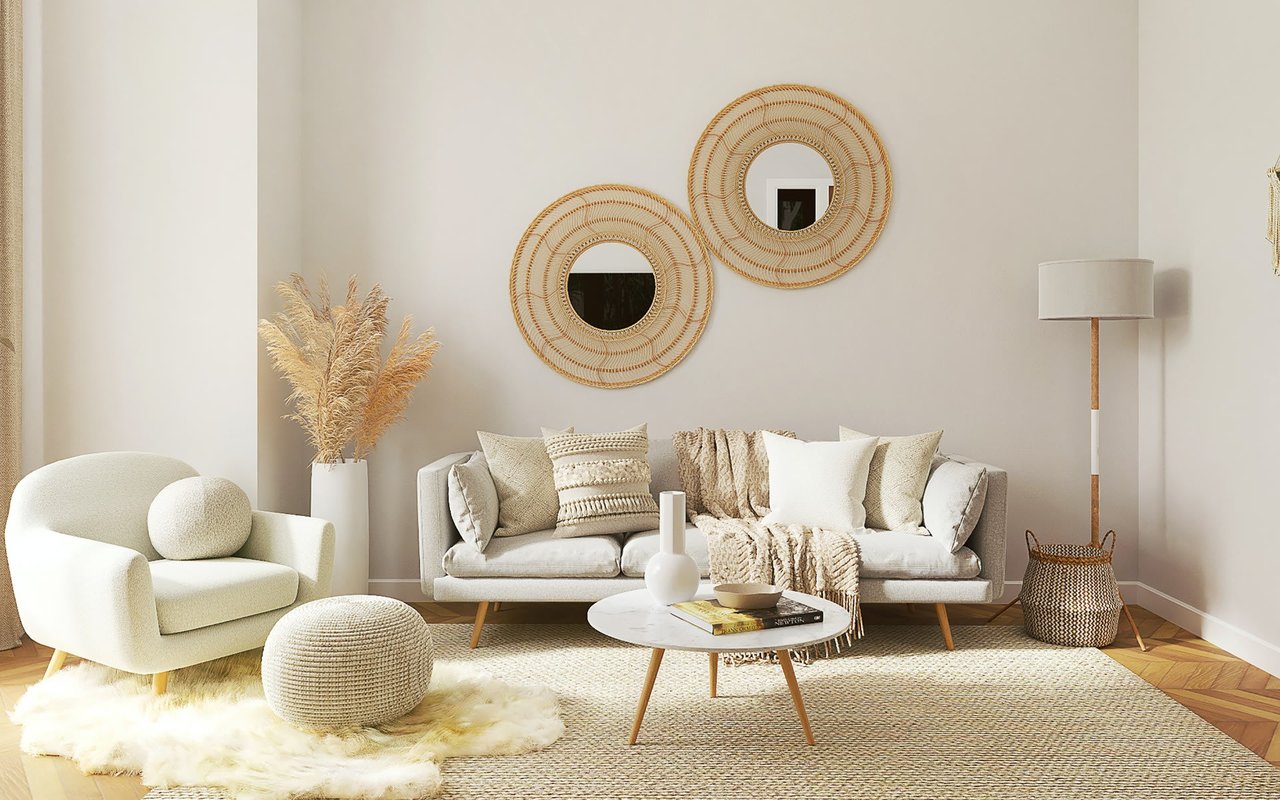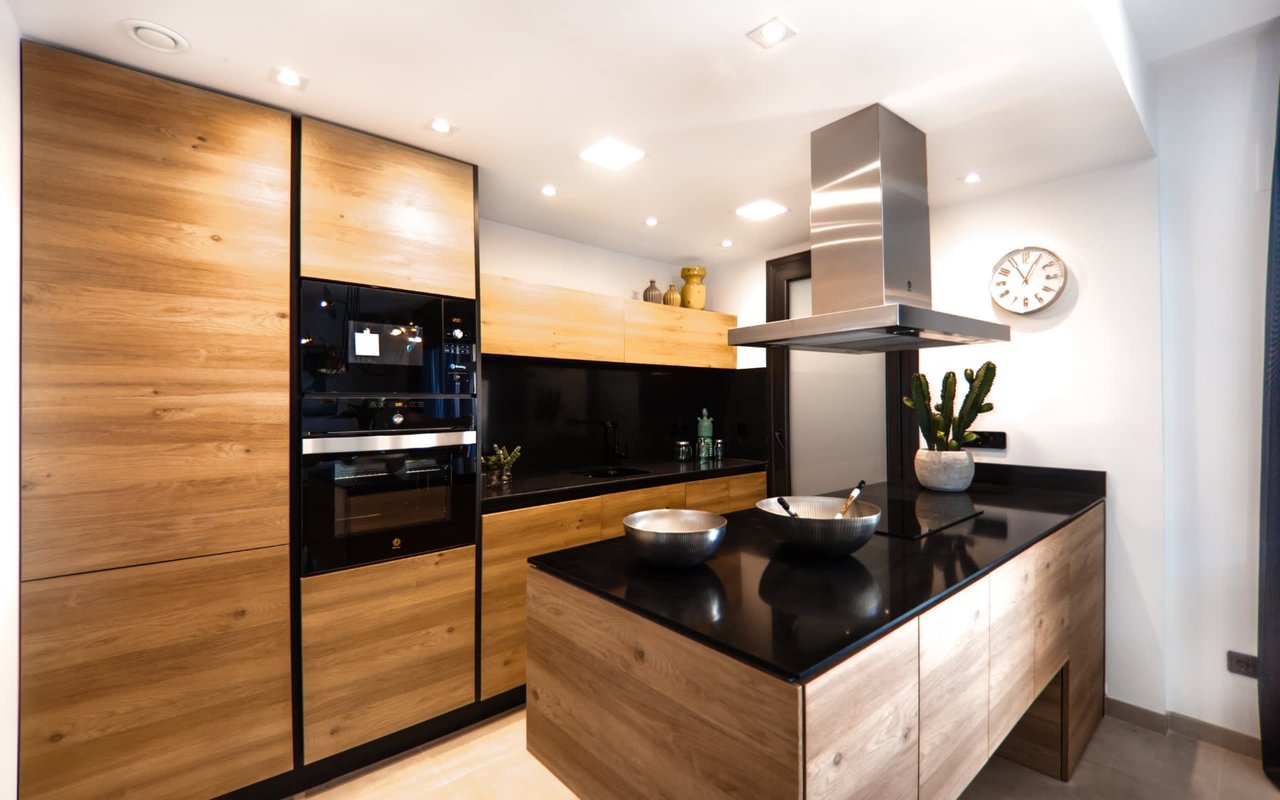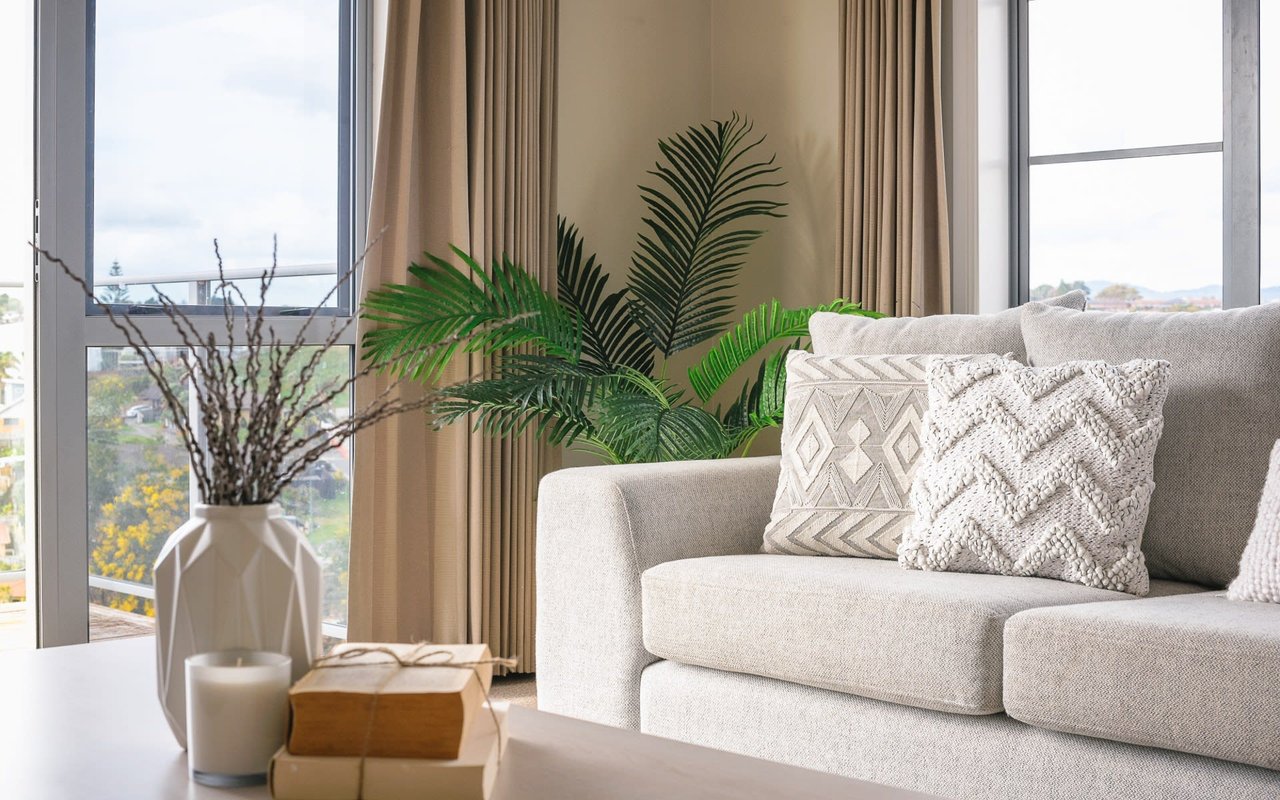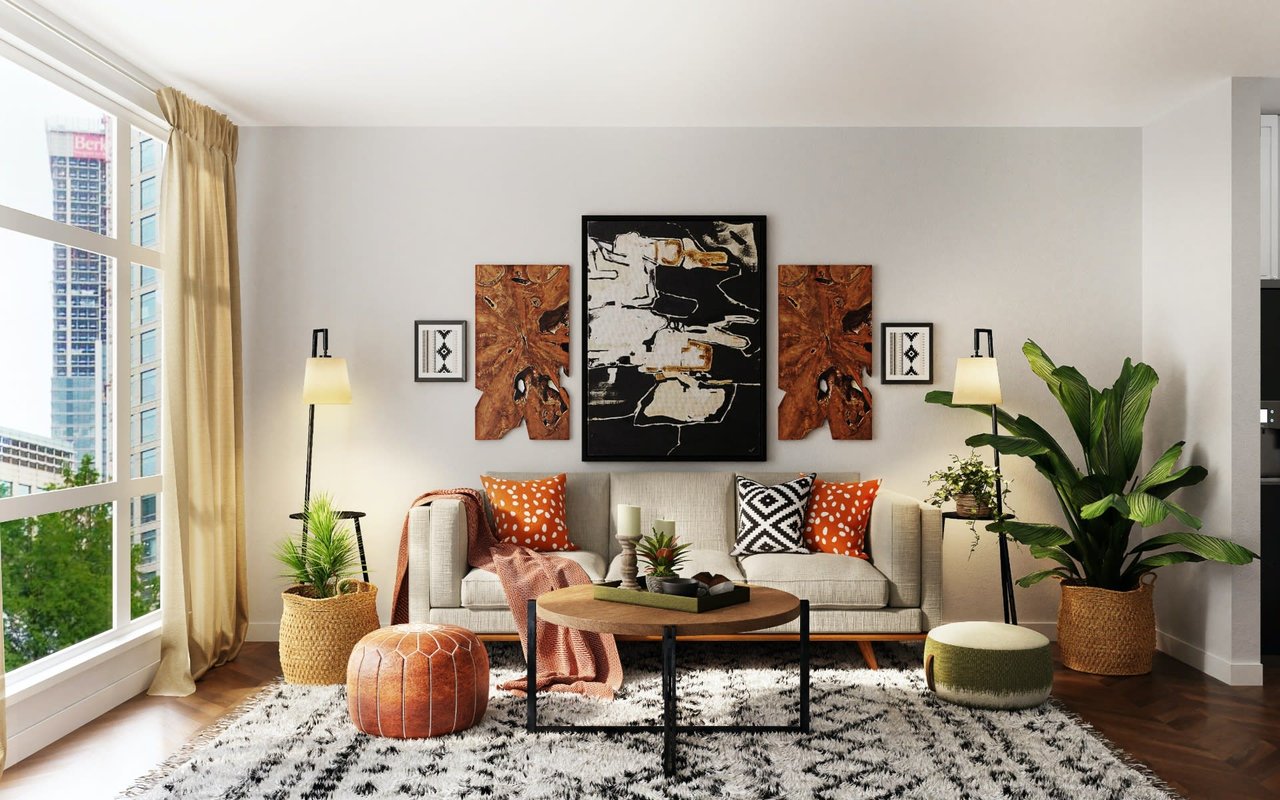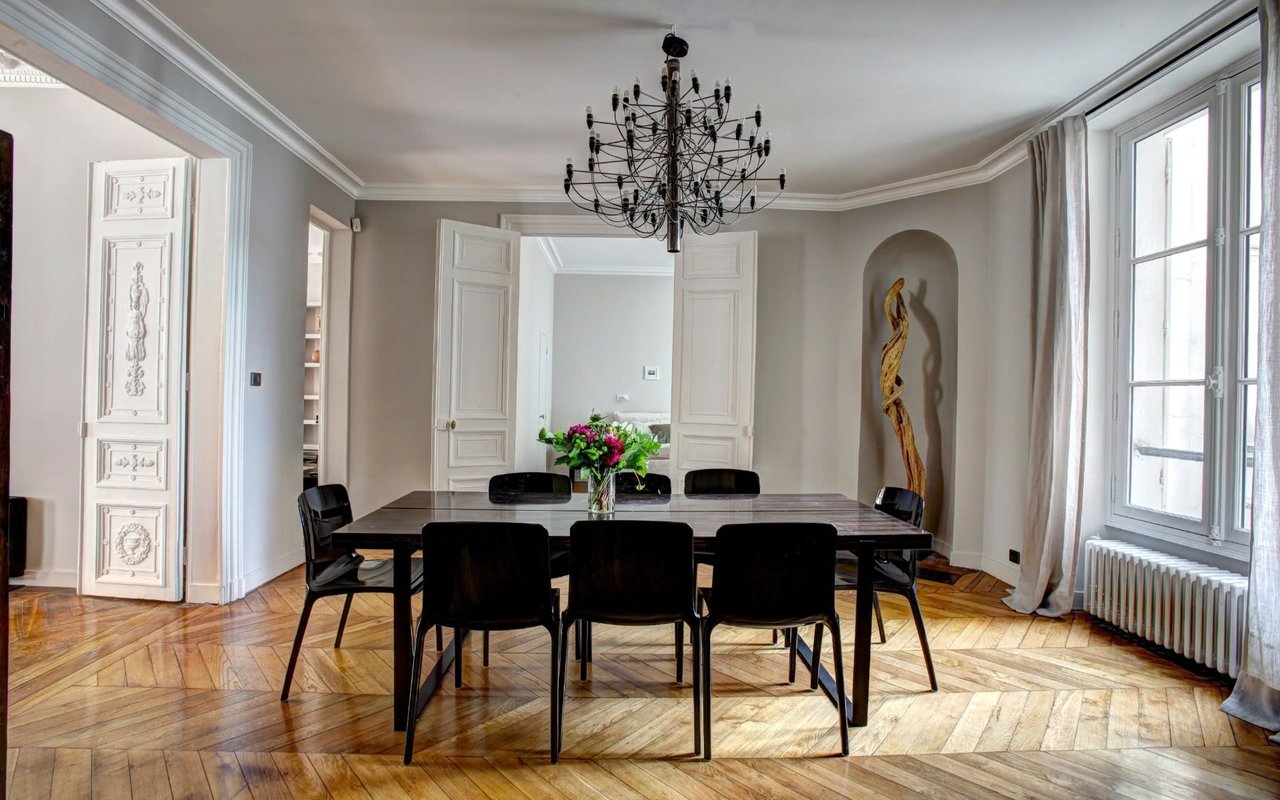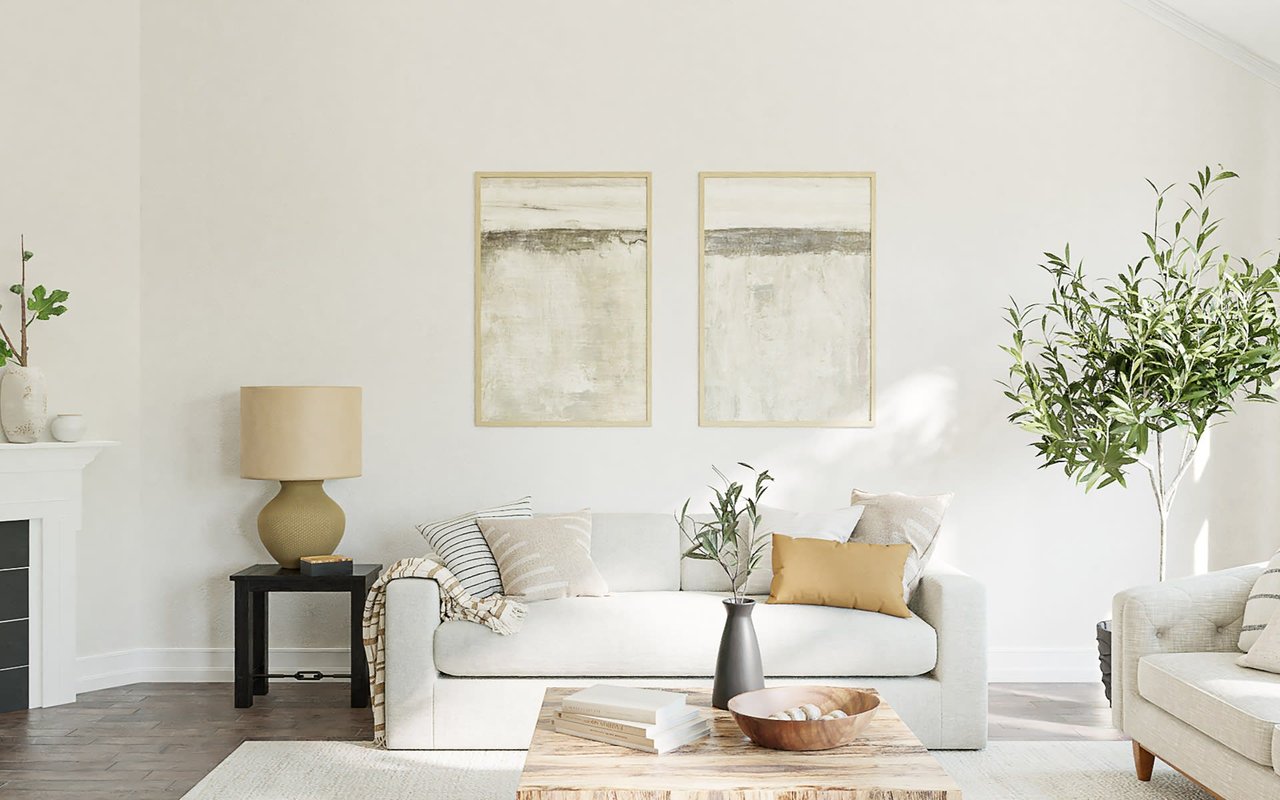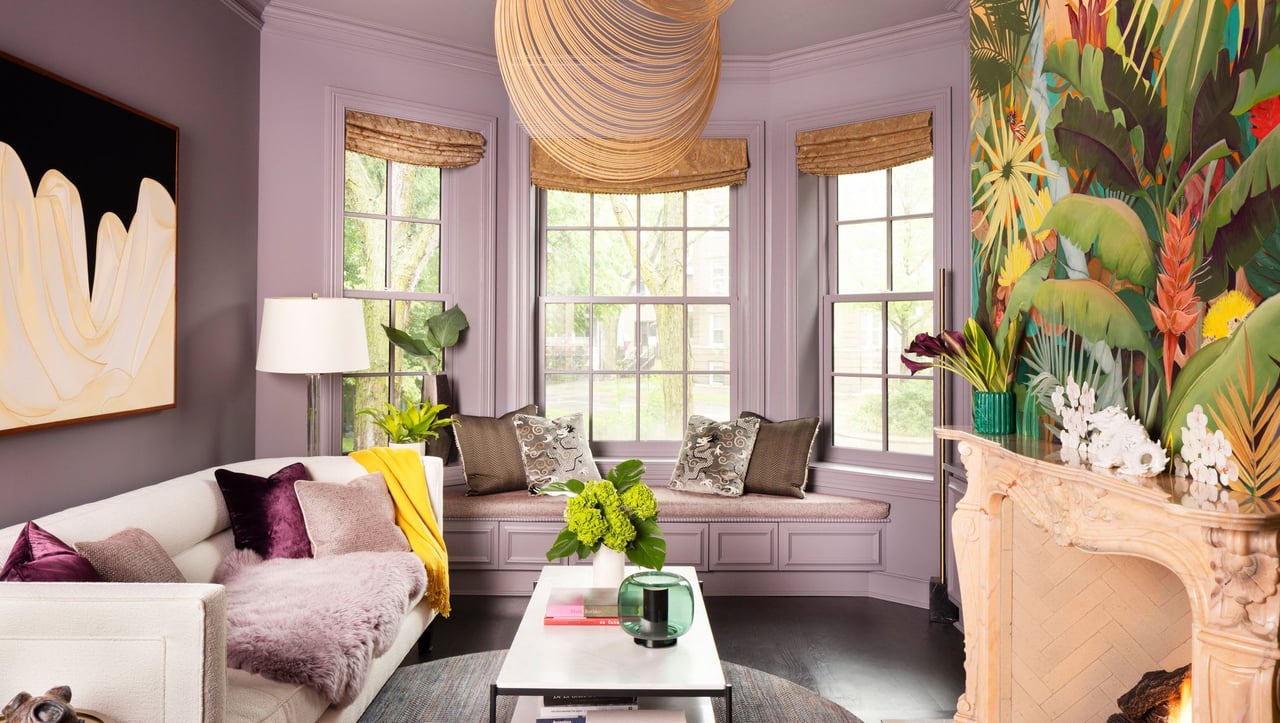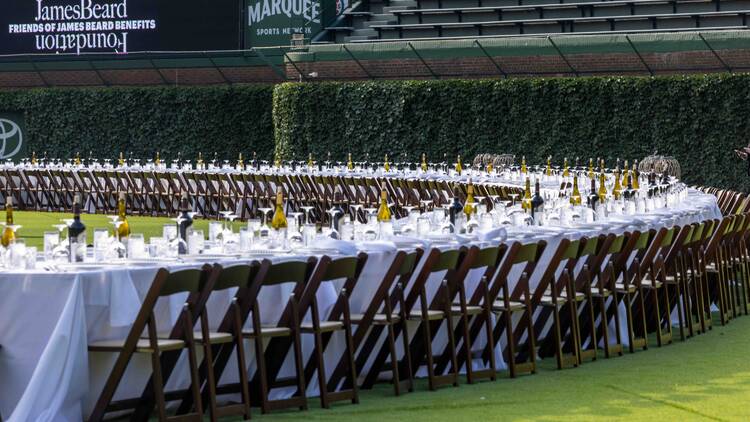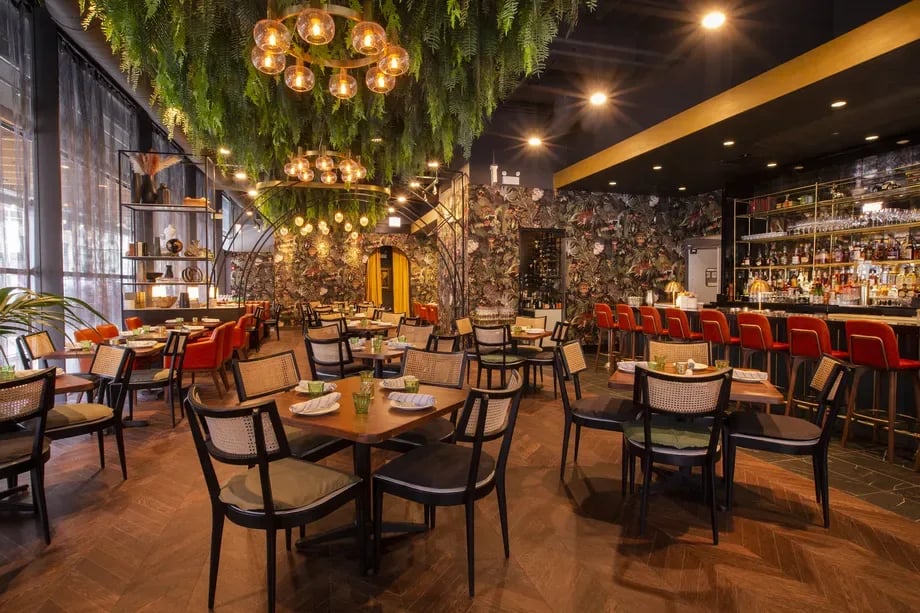I could say still life pieces are having a moment in the world of art collecting and displaying, but they’ve been super-popular since the Northern Renaissance, thanks to Dutch master painters like Rembrandt van Rijn. Though they’ve waxed and waned in trendiness over time, still lifes’ overall staying power has made them a staple in homes for hundreds of years.
By definition, still life works are a genre of two-dimensional art composed of inanimate subjects like flowers, cups, plates, produce, paper, clocks, books, or textiles. A still life can say a lot about its owner, providing clues about favorite foods, flowers, heirlooms, cultural traditions, or travels. A quick search of the hashtag #stilllife on Instagram produces over seven million posts, which shows a resurgence in the fascination of this art form that presses pause to admire the beauty of everyday objects.
Though rich and moody compositions remain prevalent, today you can find still life works in all kinds of mediums, from digital art and watercolor to pen and ink drawings and even mixed media pieces.
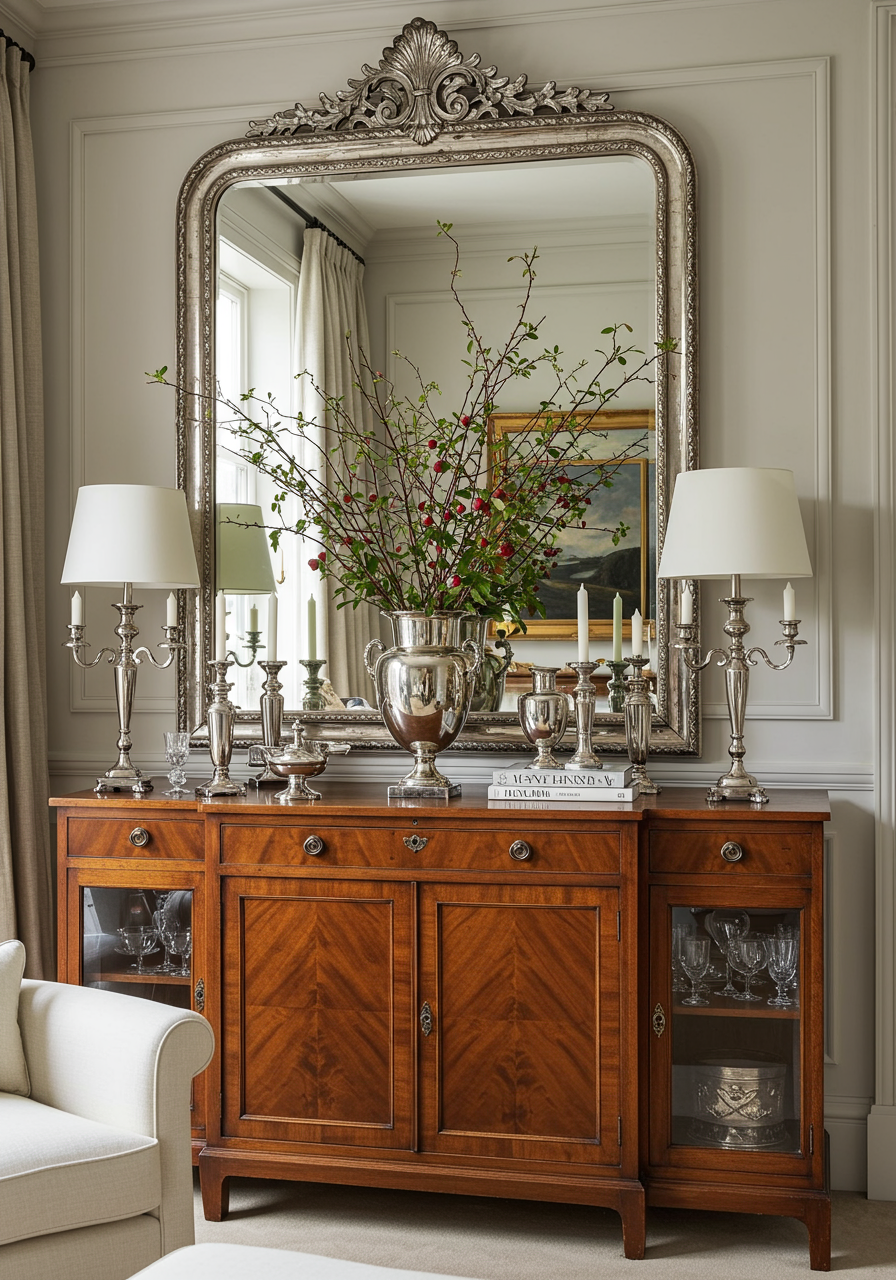
Keep your eye out for still life pieces at art fairs, galleries, or flea markets, and you’ll suddenly notice that these object studies are everywhere. They’re more than just a collection of random things. It’s likely the objects symbolize something deeper, like joy, nostalgia, tradition, or ephemerality.
Want to find a still life that speaks to you? Use these ideas on sourcing and styling still lifes for every room of your home.
Identify what you love
Take a look at some of your most prized possessions, recipes, and heirlooms. These treasures can serve as the inspiration behind a personal still life piece that will feel like you. Subject matter doesn’t have to be fancy, expensive, or delicate either. It can pay homage to everyday items or ingredients that bring you joy. For example, the works of Noah Verrier, as shown below, spotlight beloved meals and comfort food, like avocado toast, gummy bears, PB&J sandwiches, and even a Chinese takeout box.
Focus on your kitchen first
Since food and produce provide popular subject matter for still life works, the kitchen can be a great place to start experimenting with this genre of art. Think about some of your favorite flavors or recipes. For me, fresh garlic simmering in olive oil can’t be beat, so those ingredients are a feature in my own kitchen still life.
Similarly, the dining room can be another great place to try hanging a still life. This gathering spot in the home lends itself to scenes of celebration, so be on the lookout for something that speaks to you with maybe champagne flutes or an abundant charcuterie board. Consider size carefully in a dining room. You might want a bigger work to balance out a larger table, or your dining still life could be a small, single element amongst a larger gallery wall arrangement.
Get inspired by your immediate surroundings and/or the seasons
Consider what produce is local to your area or what fresh ingredients you look forward to each year. Summer strawberries? Spring zucchini? Fall pumpkin? You could even switch out a still life for every season, changing your artwork to reflect the harvest at the moment. This swap’s an easy way to change up seasonal decor in an understated way without accumulating extra stuff on shelves, and if you stick to prints, the cost can be a bit lower than if you purchase original, one-of-a-kind works.
You can also look for a seasonal floral still life that speaks to you, such as a vase full of sunflowers or a bouquet of blue hydrangeas.
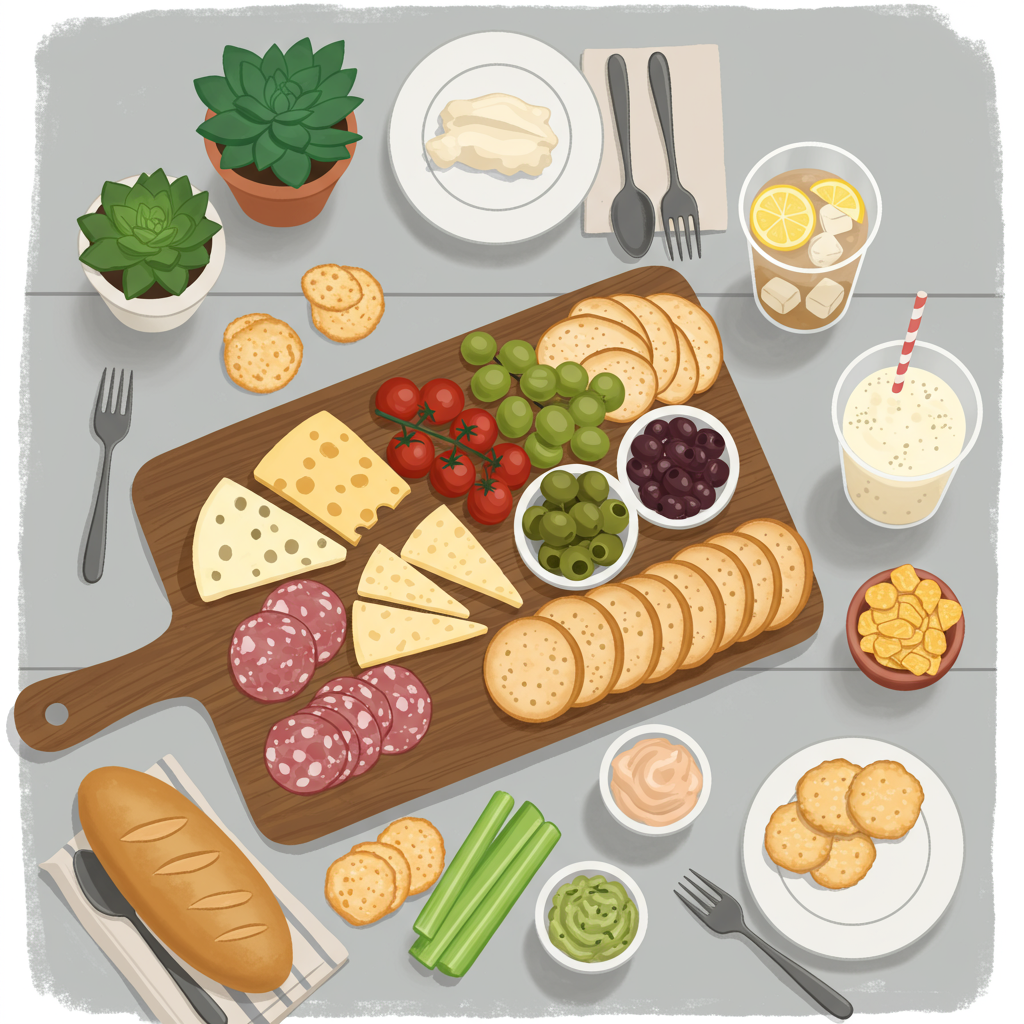
Don’t rule out the bedroom for still life display
Bedrooms are typically places of rest and self-care, so consider visuals that cue you to relax and unwind, even when it comes to a still life. For example, some works by acrylic artist Victoria Sukhasyan depict items like perfume bottles, lipsticks, and lingerie. Grooming or getting ready objects definitely make sense for the subject matter in a bedroom or dressing area. You can be deeply personal with curation in your bedroom, as the still life won’t get as much viewership as something in a more public area in your home.
Go custom if you can
Consider commissioning a custom piece of art with your favorite collected items. If you’re a creative type, your subject can be meta and include paint brushes and mini statues, like what you see below. You could also send an artist photos of some of your favorite objects and have them compose an arrangement from your possessions. Maybe you’d like to commemorate a special vacation with some of your souvenirs displayed together? Art’s absolutely in the eye of the beholder, so find works to put up in your home that fill you with joy.
